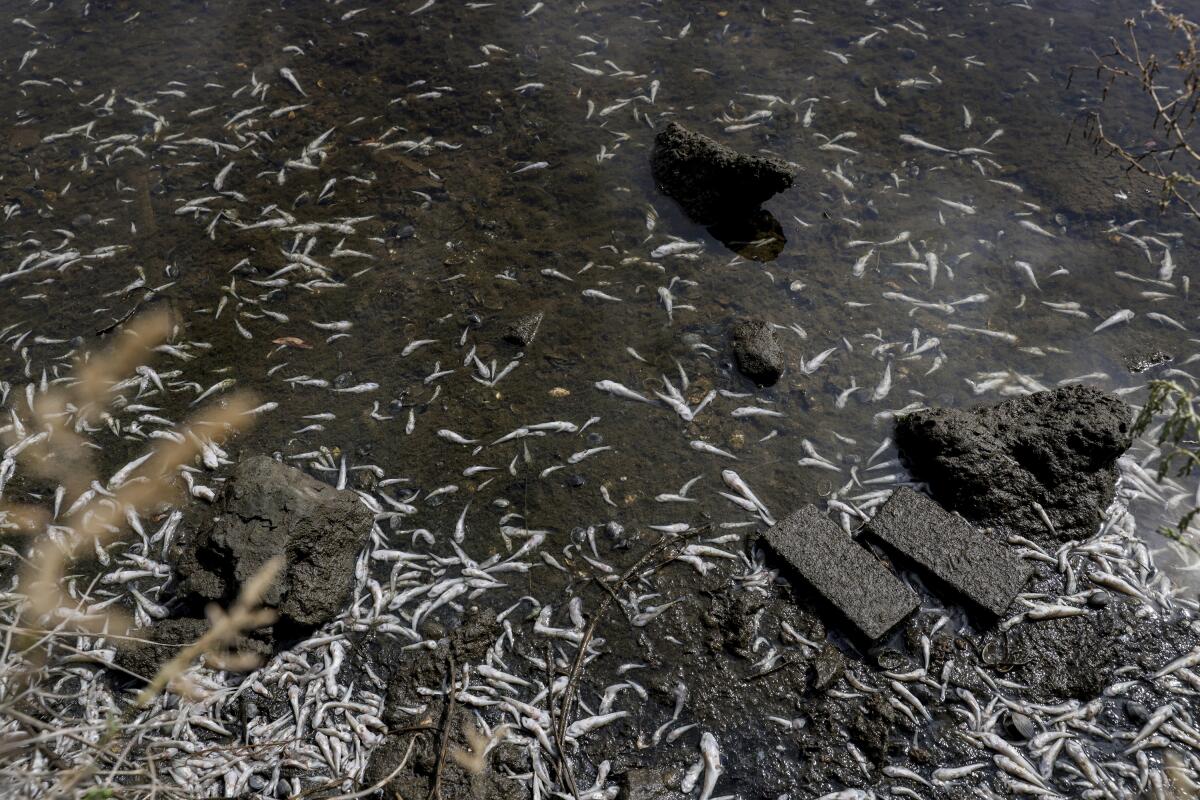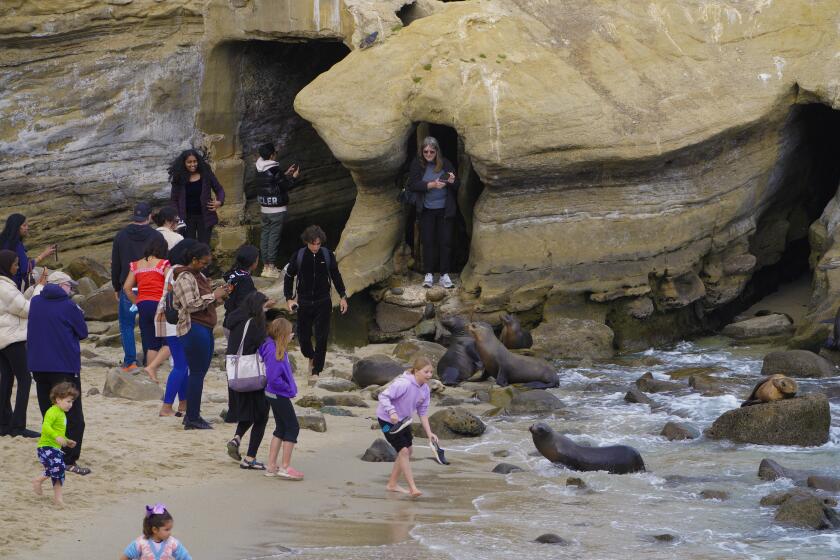A toxic red tide has returned to the San Francisco Bay Area, after killing thousands of fish last year

A toxic red tide has returned to the San Francisco Bay Area, nearly one year after an unprecedented algae bloom killed thousands of fish and marine life in the region.
Citizen scientists near the Berkeley Marina reported seeing discolored water Friday; various groups then went out to collect samples and had them analyzed, according to David Senn, a scientist at the San Francisco Estuary Institute.
Testing confirmed that the organism producing the distinct brownish, red color in the water was the microorganism called Heterosigma akashiwo, which was also responsible for killing thousands of marine life last year, resulting in animal carcasses washing ashore during a heat wave.
âWeâre quite early in the cycle of this event,â Senn said. âItâs not necessarily the current conditions that are the concern. Itâs more the reemergence of the organism that caused so much havoc last year.â
The organism was confirmed to be found in the waters off of Emeryville and the Berkeley Marina. There were also reports of discolored water in the Richardson Bay and Muir Beach, but it hasnât been confirmed that it was caused by the same organism, according to Senn.
Algae blooms produce a toxin that is deadly to fish and other marine animals. As the bloom spreads, the bacteria in the water consumes the algae. The process depletes the water of oxygen, resulting in the fish suffocating and dying off.
Algae isnât known to be toxic to humans but could result in eye and skin irritation; experts recommend people and pets stay away from any rust-colored water.
Scientists are continuing to study the microorganism, which is present in the bay all the time, and figure out what leads it to spread to the extent that it did last year and for such a long duration.
Wastewater disposed in large bodies of water can result in high amounts of nitrogen and phosphorous, which can drive the growth of algae blooms. The San Francisco Bay has 37 wastewater treatment plants that serve millions of people in the region.
Senn said wastewater treatment plants may not be removing enough nitrogen before discharging into the bay.
âThatâs one of the main things that our group and others have been studying in San Francisco â the potential impacts from high nutrients in the system and what management actions can be taken to prevent events like we had last year,â he said.
Multiple sea lions were recorded on video this week charging at beachgoers at San Diegoâs La Jolla Cove.
The San Francisco Bay Regional Water Quality Control Board is currently working on determining the amount of nutrients that will be discharged from the facilities, including nitrogen and phosphorus, according to Eileen White, executive officer of the agency. About 66% of the nutrients discharged into the bay come from the wastewater plants.
âWe donât know how long [the red tide] will last,â White said. âItâs difficult to predict. Itâs dependent on tidal flow, sunlight, water flow, but the one thing we can control at the water board is the amount of nutrients that they put into the bay.â
Last yearâs outbreak began in Alamedaâs Oakland estuary before spreading into the entire system into the Central and South Bay. As the algae bloom is winding down, some of the cells of the organism turn into cysts and deposit themselves into the sediments in the water. They then grow again when appropriate conditions develop.
Senn compared it to a dandelion, whose seeds get blown away by the wind with the potential for them to grow later in those new locations.
âItâs understandable because of the widespread event last year that we expect to see them this year,â he added.
More to Read
Sign up for Essential California
The most important California stories and recommendations in your inbox every morning.
You may occasionally receive promotional content from the Los Angeles Times.











